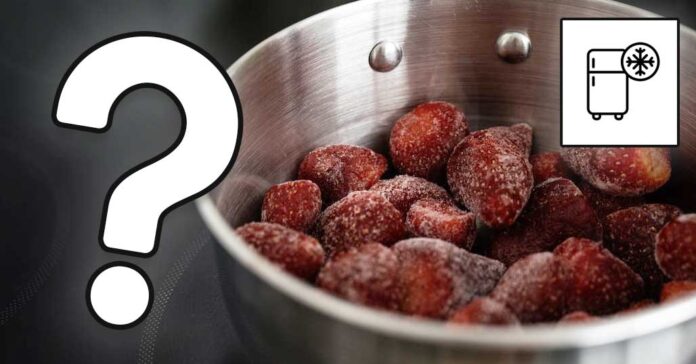Yes, food can “go bad” in the freezer. Although it might be not what you think. How long can you actually hold food inside your freezer? Can the quality and taste of the food products be affected by prolonged exposure to sub-zero temperatures? How to prevent freezer-burns? Let’s take a closer look at the matter.
- Can things actually go bad in the freezer?
- What does “freezer burnt” mean?
- How long can you keep your food in the freezer?
- How to prevent freezer burns? – the best way
- Freeze dried food vs. freezer burnt food
- How to tell if the items in your freezer got freezer-burnt?
- The conclusion – freezer frenzy
This web portal is supported by its readers, and is a part of the Amazon Services LLC Associates Program and the eBay Partner Network. When you buy using links on our site, we may earn an affiliate commission!
Can things actually go bad in the freezer?
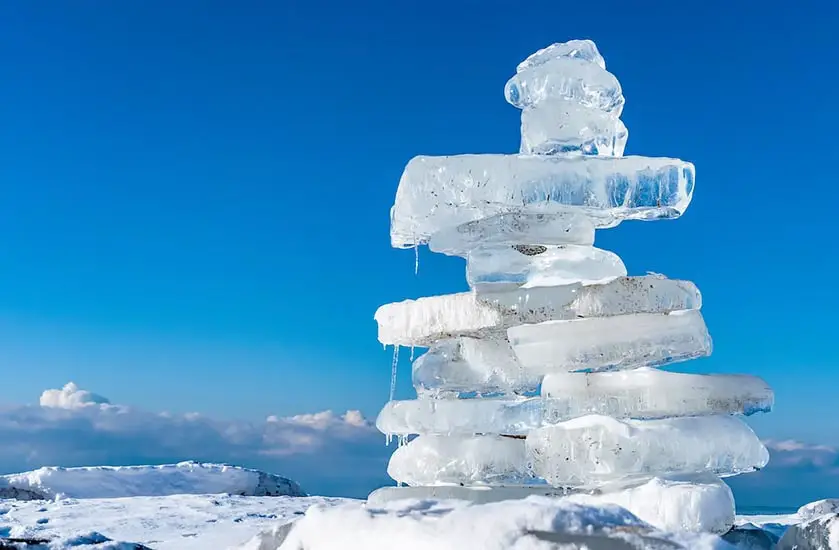
Freezing food for long term preservation works by simply lowering the food temperature to temperatures below 0°F (-18°C), and keeping it in this state in prolonged periods of time. In sub-zero temperatures the movement of molecules slows down, all the microbes and microorganisms that are present naturally in all food products enter dormant state and their growth and multiplication process is stopped.
Note, that freezing does not actually kill most microorganisms that reside on the food. Therefore, you can’t either use your freezer to kill germs and bacteria on the food products, nor assume that they are gone when you take your food out of the freezer.
The freezing process can make the frozen food last for several months or even years without spoiling, as long as it is kept in the freezer and not exposed to air, light, or major temperature changes (that can for example be caused by prolonged power outages).
Food that is from the beginning constantly stored in sub-zero temperatures, in most cases will not spoil or go bad. What can happen though, is that its taste and structure might slowly change over time due to dehydration, to the point that it will become “freezer burnt”.
The degraded quality of the food is one of the main downsides of using a freezer to store food products that are not vacuum sealed, for extended periods of time. More on the freezer burns in the next paragraph.
What does “freezer burnt” mean?
The quality of frozen food certainly can and will slowly deteriorate over time.
A “freezer burn” occurs when the water particles inside your food stored in sub-zero temperatures sublimate and evaporate causing the food to dry out. As a result, the food can change its texture and lose some of its taste qualities. Dehydration via freezer burn is the worst enemy of food stored in a freezer for a long time.
When the water evaporates from the food product, it can gather in the form of small grouped ice crystals visible on its surface. Typically, a freezer burn starts on a small spot (or a few spots) on the given piece of food and doesn’t take up the whole piece at once if its large enough.
The severity, speed and characteristics of a freezer burn will depend both on the type of food in question and the time you leave the food inside your freezer for.
Freezer-burnt food is actually still “good” to eat. It can just lose its qualities to the point it will no longer have much of its original taste to it. Sadly, this process is irreversible.
How to prevent freezer burns? – The best way
Vacuum sealing foods before freezing them can actually help you prevent freezer burns from happening. For that you’ll have to get yourself a basic vacuum sealer.
Vacuum sealers come in various price options but in general their operation principle is the same: they enable you to pack your food in an airtight bag with a press of a button, and prolong its freshness both in the fridge and in your freezer. By blocking out the air access to the food’s surface, the vacuum sealed bags are able to prevent freezer burns from happening.
If we got you interested, check out this FoodSaver Vacuum Sealer it’s relatively small and extremely easy to operate!
Freeze dried food vs. freezer burnt food
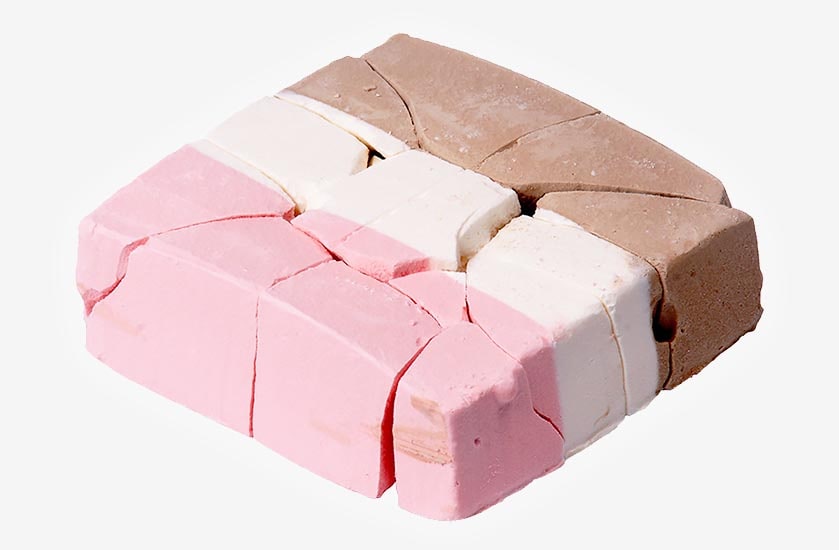
The all-famous freeze drying is partially related to the freezer burn phenomenon, but the dehydration process in these two is quite different.
While in the freeze drying process the water is also removed from the food via the sublimation process in sub-zero temperatures, it takes place in a vacuum chamber and happens much more quicker than the freezer burn phenomenon in regular commercial freezers. Therefore, freeze drying machines are able to achieve consistent results in a relatively short amount of time, while freeze drying food in your home freezer would be largely unreliable.
Freeze dryer dehydration process is pretty simple, but it can also get quite costly. This is why currently there aren’t many commercial freeze dryers available on the regular consumer market. Well, maybe besides the quite bulky Harvest Right Freeze Dryers that you can get yourself on Amazon.
How long can you keep your food in the freezer?
Although the most prevalent public opinion out there is that you can keep your food in the freezer almost indefinitely (without taking into account power outages and outside sources of food contamination), the reality may differ a bit from this statement.
When it comes to the frozen food storage times, as per the data from the official foodsafety.gov website, most food products fall into the recommended freezer storage of 2-12 months, and some (albeit not many) are not suitable for freezing at all. Although storing certain food items in your freezer for over a year is certainly possible, it is not recommended.
The advised food storage time don’t really take the freezer burn phenomenon into account. It just states that your food should likely be good to eat after the certain listed amounts of time have passed. You can see the full list in a form of a neat table here.
How to tell if the items in your freezer got freezer-burnt?
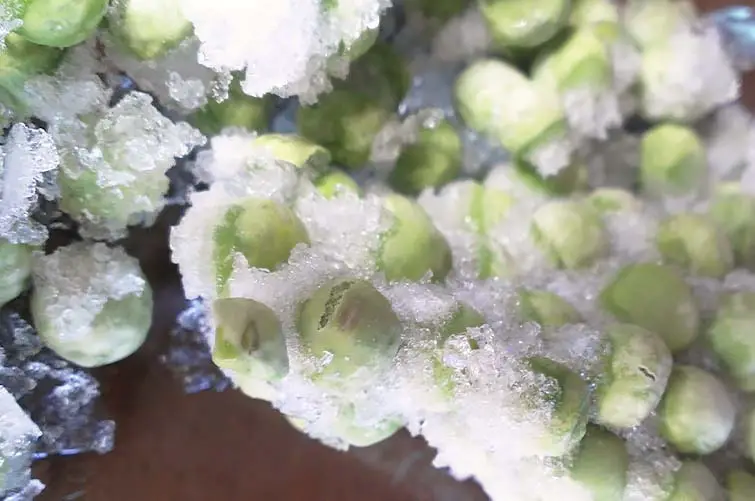
There are a few telltale signs that the food products in your freezer might have gotten freezer burnt. The most important are:
- Changes in food texture and discoloration – food products losing color in full, or in places might indicate a sign of freezer burns. Look for differently colored spots on your food.
- Food developing small ice crystals inside the sealed packaging – this is a sign that the ice sublimation we talked about earlier is already happening due to the air present in the packaging, and your food is slowly beginning to dry out.
Important, remember: if you thaw any food product that has been in the freezer for a long time and its smell or texture seems off, don’t risk using it. While in most cases a freezer can keep your food fresh for a very long time, there are situations (such as for instance power outages you didn’t notice, or a simple freezer malfunction you haven’t yet caught) that can contribute to the food actually starting to go bad inside your freezer. Always do a quick quality check on your frozen food products after thawing!
The conclusion – freezer frenzy
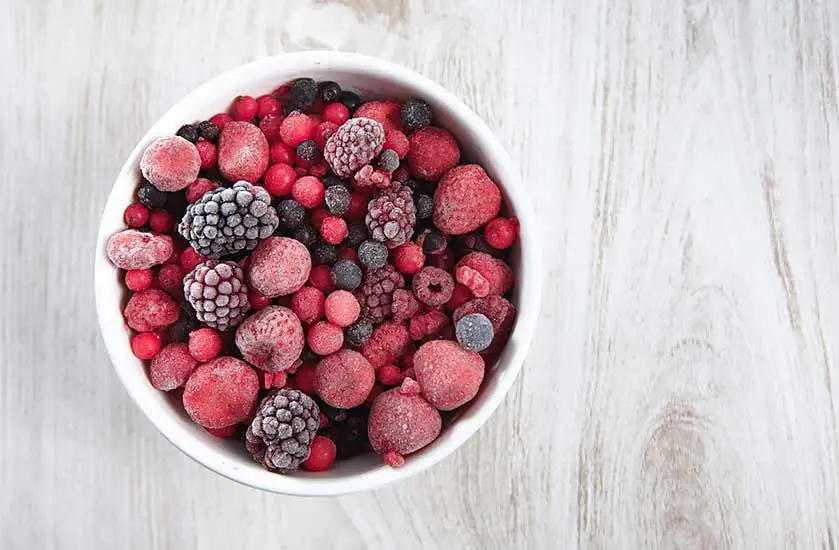
So, what happens to food in a freezer if you leave it in there too long? The answer is: it might get “freezer burnt” and lose some, most or all of its initial taste qualities.
Other than that, depending on the food product in question in most cases you can safely keep your food frozen anywhere from a few months to a year without worries, provided your freezer functions without any trouble, your frozen food is sealed and packaged properly and you don’t face prolonged power outages along the way.
To minimize the risk of freezer burn and food spoilage, you can pack your frozen food in airtight packaging using a vacuum sealer and label it with the date you’ve put it inside, so you can keep track of how long it has been in the freezer.
With that in mind, you might want to check your freezer for the products that might’ve just been there for too long. Better do that now than to forget about it for another few months. I’m going to do just that right now! Over and out!


